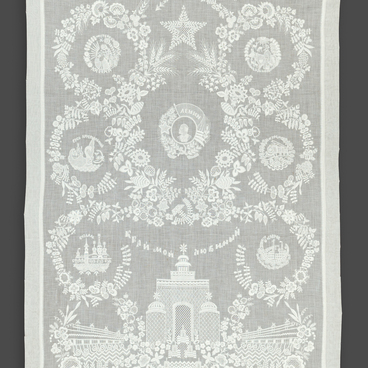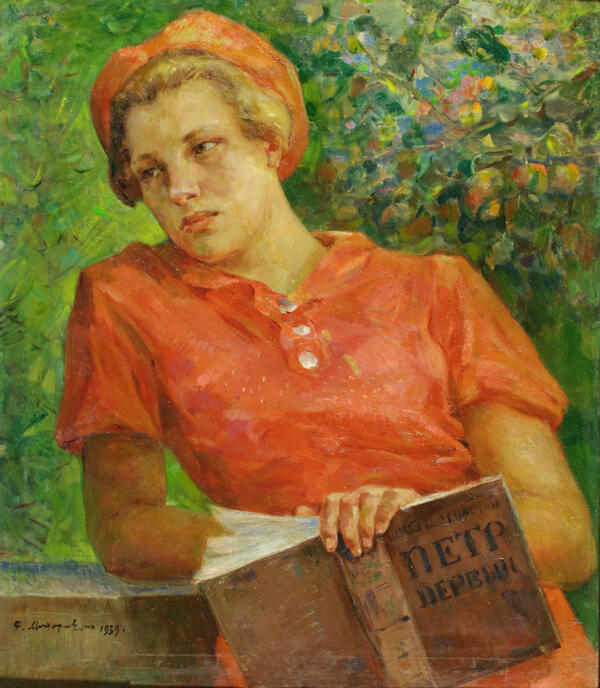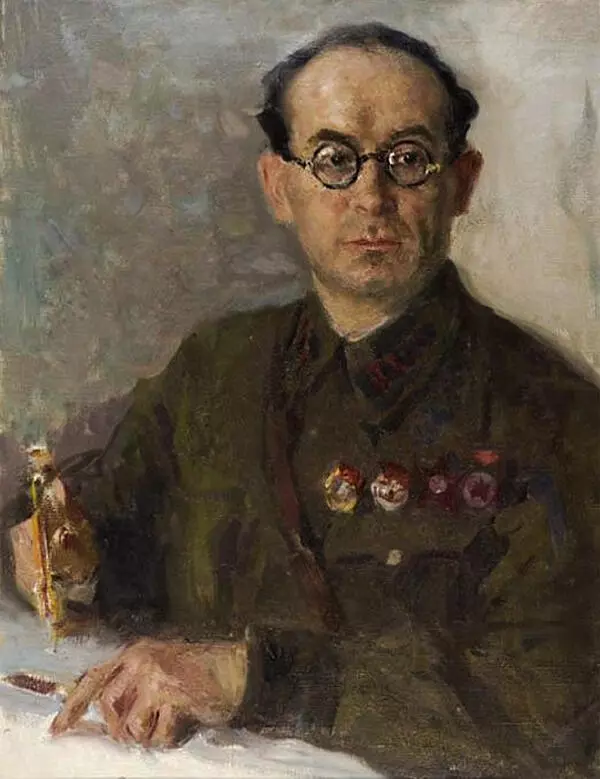People’s Artist of the RSFSR and corresponding member of the USSR Academy of Arts Fyodor Alexandrovich Modorov (1890–1967) was born in Mstyora. Like many local artists, he began his artistic path at the Mstyora Icon Painting School. He attended the Kazan Art School and graduated from the St. Petersburg Academy of Arts with honors.
Fyodor Modorov was actively engaged in pedagogical and social activities. In 1919, he founded a commune school for gifted orphans in Mstyora. Many of them became prominent artists. From 1923, he worked in Moscow. In 1948, Modorov was invited to the post of rector of the Moscow Art Institute named after Vasily Ivanovich Surikov.
Modorov is known for his portraits, history and genre paintings, as well as works on the theme of the Russian Revolution. In his art, he sought to reflect the multifaceted life of the country. His main characters were writers, artists, partisans, workers and collective farmers. A special place in Fyodor Modorov’s oeuvre is occupied by works about his native village: landscapes of Mstyora and its surroundings, portraits of Mstyora artists and cultural figures.
The portrait of the miniaturist Fyodor Vasilyevich Antonovsky at work was painted by Modorov in 1934. Antonovsky stood at the origins of the Mstyora artel “Proletarian Art”. For health reasons, he mostly worked from home. However, misfortunes did not diminish his interest in life: Fyodor Antonovsky wrote notes for newspapers, composed political and satirical poems, and made paintings.
In a painted room, the master sits at his work table with a slight smile on his face, and there is a box on the table in front of him. In the artist’s right hand, located on a special stand, he holds a thin brush. On his head are headphones from a crystal radio receiver. Fyodor Antonovsky was one of the first radio communication users in Mstyora. The receiver was installed as a reward for his hard work as an artist.
There are many essential attributes on his work
table: a tool for polishing gold, cups with paints, a tea saucer with pieces of
gold leaf for painting a pattern, a jug with water, and a book. A faience plate
serves as his palette.







